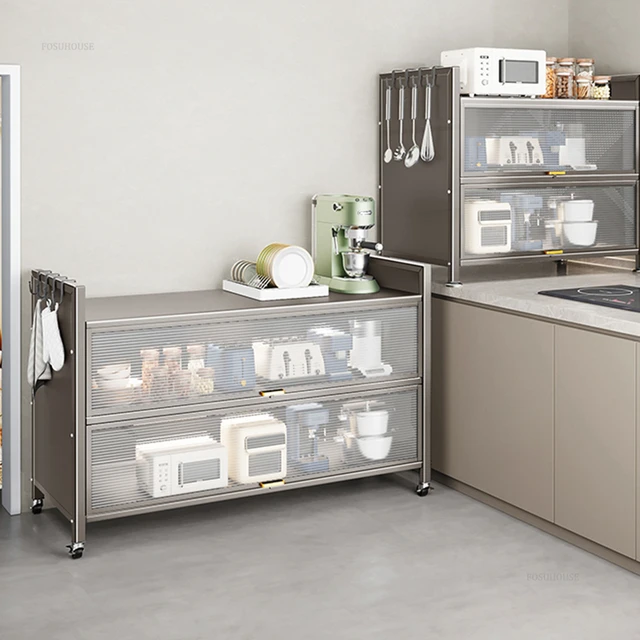 Introduction:
Introduction:
A clean and functional kitchen sink drain is crucial for maintaining proper hygiene and preventing unpleasant odors. Over time, food particles, grease, and other debris can accumulate in the drain, causing clogs and reducing the sink’s effectiveness. In this comprehensive guide, we will explore the step-by-step process of cleaning a kitchen sink drain. From using natural remedies and household products to employing simple tools and techniques, we will delve into the various methods of keeping your drain clean and free-flowing. By understanding the importance of regular maintenance and knowing how to tackle common issues, you can ensure a healthy and efficient kitchen sink.
 Some common types of kitchen sink drains and their materials:
Some common types of kitchen sink drains and their materials:
There are several types of kitchen sink drains available with different materials. Here are some common types of kitchen sink drains and their materials:
Basket Strainer:
Basket strainer drains are one of the most common types used in kitchen sinks. They typically consist of a removable basket that traps food debris, preventing it from clogging the drain. Basket strainers can be made of stainless steel, brass, or plastic.
Disposal Flange:
Disposal flange drains are specifically designed for sinks with garbage disposals. They have a wider opening to accommodate the disposal unit and allow food waste to pass through. Disposal flanges are typically made of stainless steel or brass.
Pop-up Drain:
Pop-up drains have a mechanism that allows you to open or close the drain by pressing or pulling a lever. This type of drain is commonly used in bathroom sinks, but can also be found in some kitchen sinks. Pop-up drains can be made of various materials, including brass, stainless steel, or plastic.
Grid Strainer:
Grid strainer drains feature a flat grid-like surface that sits over the drain opening. The grid allows water to pass through while trapping larger debris. Grid strainers are often made of stainless steel or plastic.
Flat Strainer:
Flat strainer drains have a flat, perforated surface that fits over the drain opening. They are designed to catch debris and prevent it from clogging the drain. Flat strainers can be made of stainless steel or plastic.
When it comes to materials, stainless steel is a popular choice for its durability, corrosion resistance, and easy cleaning. Brass is another common material known for its strength and longevity. Plastic drains are also available as a more affordable option, but they may not be as durable as metal drains.
The choice of drain type and material often depends on personal preferences, budget, and the specific requirements of the kitchen sink. It is important to consider factors such as durability, ease of maintenance, and compatibility with the sink and plumbing system when selecting a kitchen sink drain.
 Importance of Cleaning the Kitchen Sink Drain:
Importance of Cleaning the Kitchen Sink Drain:
Preventing Clogs:
Regular cleaning of the kitchen sink drain helps prevent clogs caused by food particles, grease, and debris that accumulate over time.
Clogs can disrupt the flow of water, leading to poor drainage and potential backups.
Reducing Odors:
Cleaning the drain removes odor-causing bacteria that can develop from trapped food particles and organic matter.
Regular cleaning helps maintain a fresh and pleasant-smelling kitchen environment.
Maintaining Hygiene:
A clean kitchen sink drain reduces the risk of bacterial growth and potential health hazards in the kitchen.
Proper hygiene practices prevent the spread of germs and contaminants.
Natural Remedies for Cleaning:
Baking Soda and Vinegar:
Pour a cup of baking soda down the drain, followed by a cup of vinegar.
Let the mixture sit for a few minutes to fizz and break down any grease or residue.
Flush the drain with hot water to clear away the debris.
Salt and Boiling Water:
Pour half a cup of salt down the drain.
Follow it with a kettle or pot of boiling water.
The combination of salt and hot water helps dissolve grease and remove odors.
Baking Soda and Lemon Juice:
Sprinkle a generous amount of baking soda down the drain.
Squeeze the juice of one or two lemons into the drain.
Allow the mixture to sit for a few minutes, then flush with hot water to freshen the drain.
 Household Products for Cleaning:
Household Products for Cleaning:
Dish Soap and Hot Water:
Squirt a few tablespoons of dish soap down the drain.
Flush the drain with hot water to help break down grease and remove residues.
Salt and Vinegar:
Create a paste by mixing equal parts salt and vinegar.
Apply the paste to a brush or sponge and scrub the drain to remove any stubborn build-up.
Rinse with hot water to clear away the residue.
Baking Soda and Hydrogen Peroxide:
Make a paste by combining baking soda and hydrogen peroxide.
Apply the paste to a brush or sponge and scrub the drain, focusing on any areas with stains or odors.
Rinse with hot water to flush away the residue.
Using Tools for Cleaning:
Plunger:
Use a plunger specifically designed for sinks to remove clogs.
Ensure that the plunger cup completely covers the drain opening and create a strong seal.
Plunge vigorously to dislodge any blockages, then flush with hot water to clear the drain.
Drain Snake:
Insert a drain snake or auger into the drain, rotating it clockwise to catch and remove any clogs.
Continue feeding the snake into the drain until it encounters resistance.
Carefully withdraw the snake, removing any debris that’s been dislodged.
Zip-It Tool:
Insert a Zip-It tool into the drain, pushing it down until it reaches the blockage.
Pull the tool out while twisting and lifting to remove any hair, debris, or clogs.
Discard the debris and repeat the process if necessary.
Preventive Maintenance Tips:
Regular Hot Water Flush:
Once a week, pour a kettle or pot of boiling water down the drain to help dissolve any grease or residue that may be building up.
Grease Disposal:
Avoid pouring grease or cooking oil down the drain, as they can solidify and cause clogs.
Instead, let grease cool and solidify, then dispose of it in the trash.
Hair and Debris Removal:
Regularly remove hair, food particles, and other debris from the drain surface using a brush or paper towel.Dispose of the removed debris in the trash.
Seeking Professional Help:
If clogs persist despite regular cleaning efforts, or if you encounter any complex plumbing issues, it may be necessary to seek assistance from a professional plumber.
Professional expertise can diagnose and resolve more severe blockages or underlying problems within the plumbing system.
 Conclusion:
Conclusion:
Regular cleaning of the kitchen sink drain is essential for maintaining a healthy and efficient kitchen environment. By employing natural remedies, household products, and simple tools, you can effectively remove debris, prevent clogs, and eliminate odors. Adopting preventive maintenance practices and practicing proper disposal techniques help maintain a clean and trouble-free drain. With regular cleaning and maintenance, you can ensure a functional and hygienic kitchen sink that promotes cleanliness and convenience in your daily activities.

